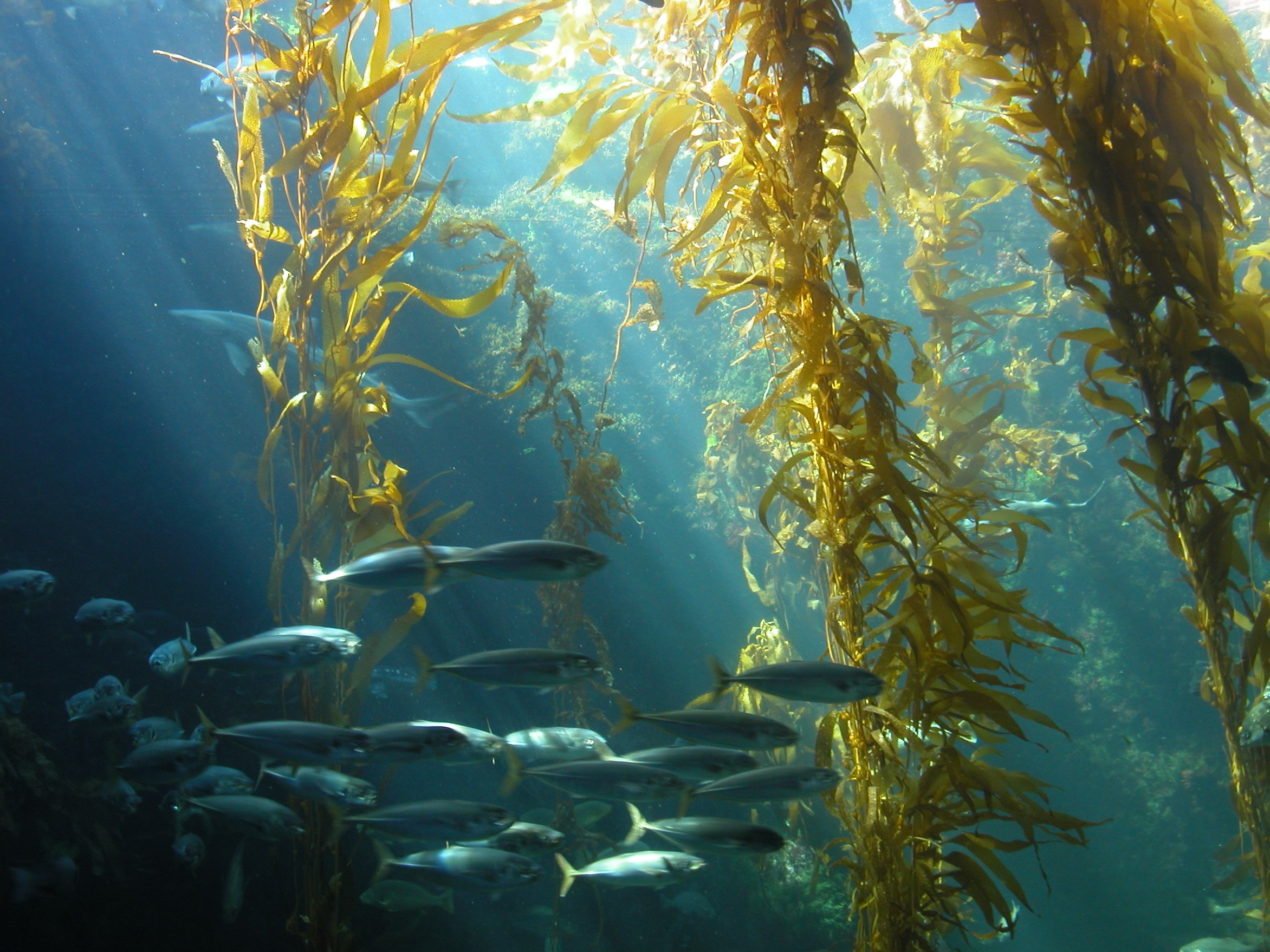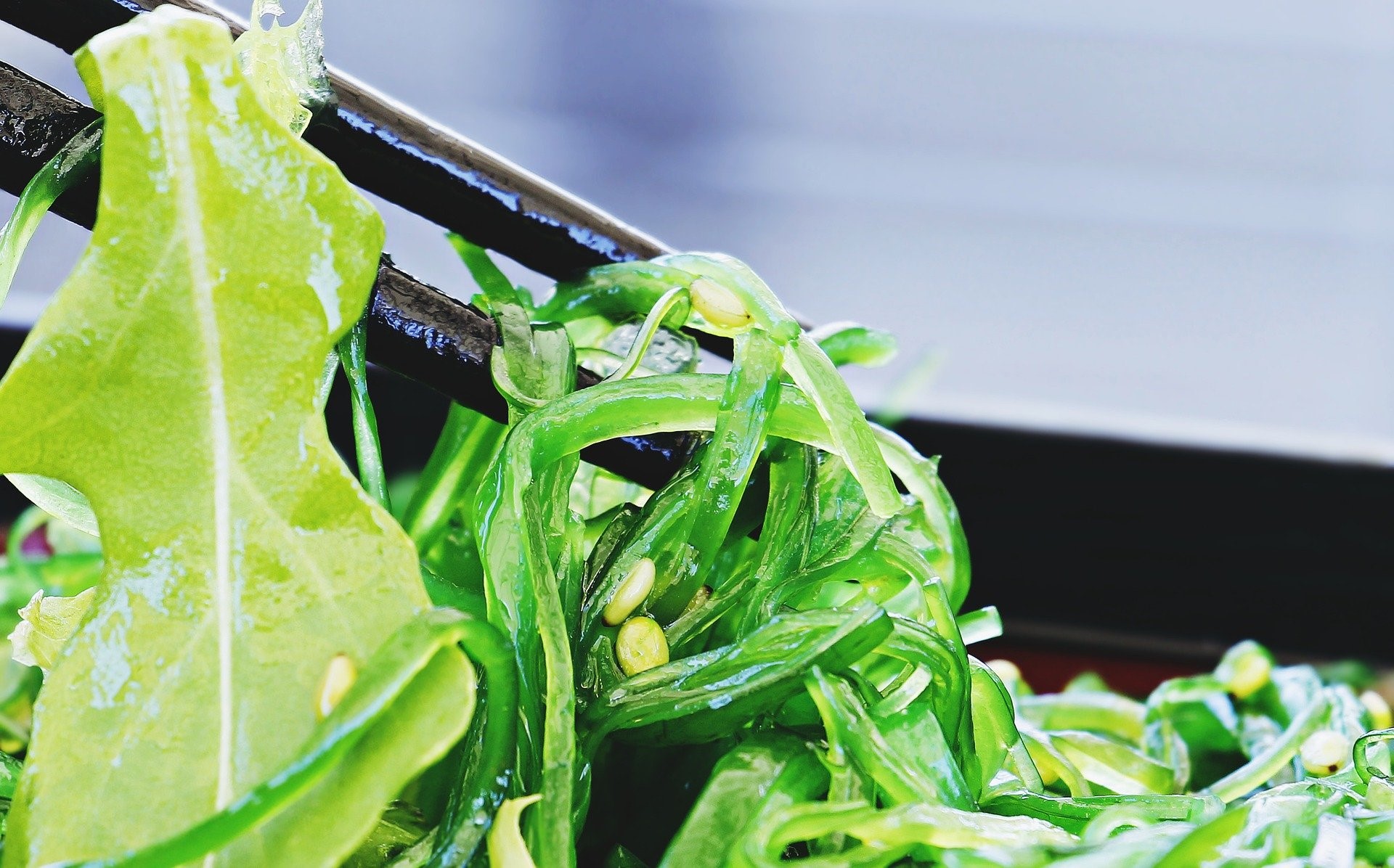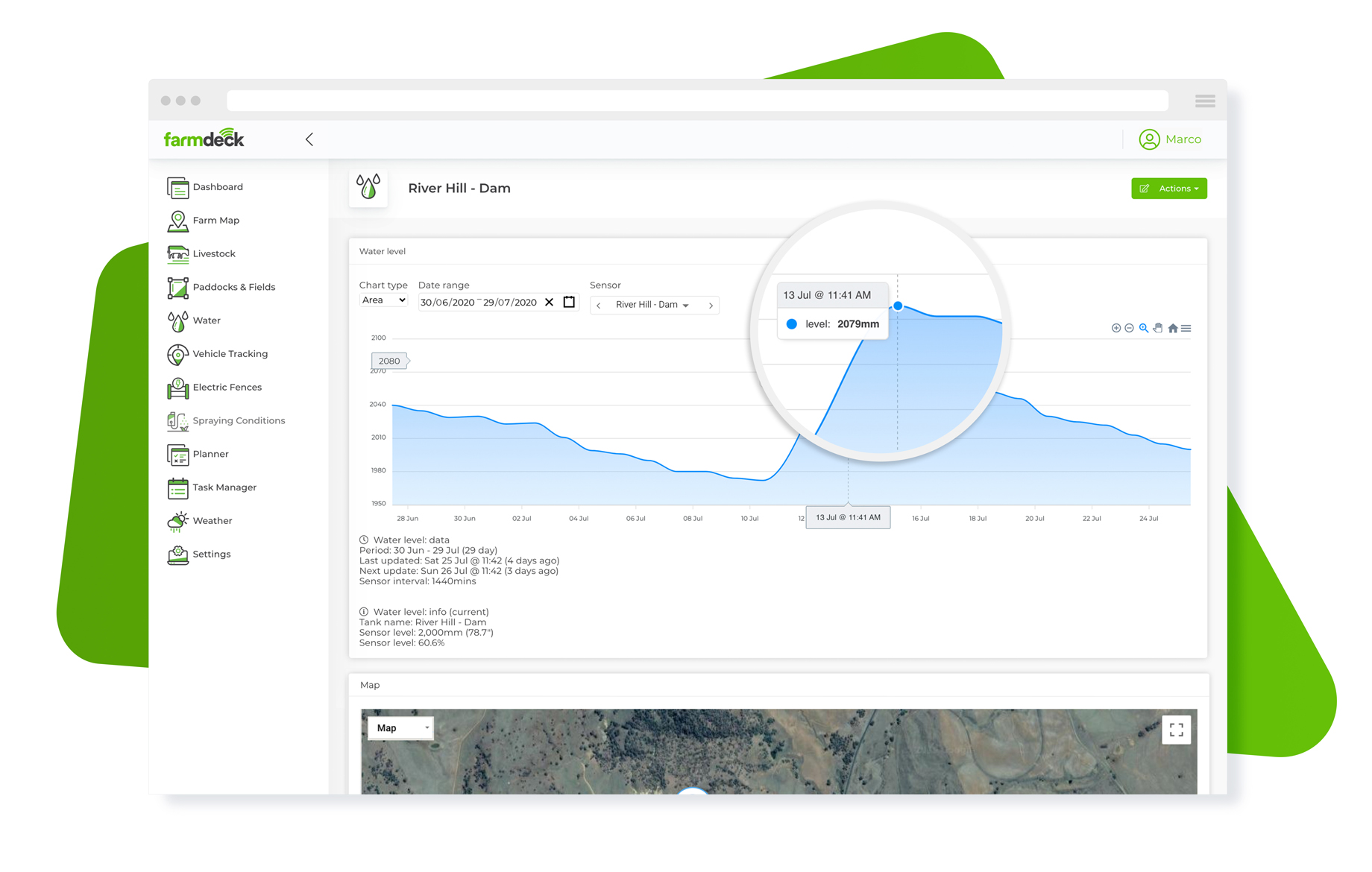An environmental super product
Environmental sustainability is becoming increasingly important. As the United Nations pushes for net-zero by 2050, it opens the path for new products and solutions to reduce our environmental impact. Promising research has been conducted on seaweed to reduce methane emissions within the cattle industry. The Australian Seaweed Institute reported that native seaweed Asparagopsis “has been shown to reduce methane emissions from cattle to almost zero when added to their feed”. This is an especially beneficial development for the agricultural industry as the digestion process of cattle accounts for more than 66% of all agricultural greenhouse gases in Australia.
There is no better time to start investing in the Australian seaweed aquaculture industry than now. At the end of 2020, Prime Minister Scott Morrison flagged scaling up the environmentally responsible commercial farming of seaweed and algae as a priority action as part of the Transformations for a Sustainable Ocean Economy, which “recognises that the ocean is the life source of our planet and is vital for human well-being and a thriving global economy”. The priority action includes utilising seaweed and algae to provide food and create alternatives for products, such as fuels, aquaculture and agriculture feedstocks, biotech, and viable and sustainable plastic alternatives. This has led to the federal government investing AUD$59 million dollars to help establish the Marine Bioproducts Cooperative Research Centre (MB-CRC). The investment intends to increase the value and industry innovation within the seaweed and algae industry through research into the bioproducts of native Australian seaweed species.

Making waves in the industry
The seaweed aquaculture industry is growing, and it has been growing rapidly since 2010 at around 10% per year making it the fastest-growing component of global food production. Global demand for seaweed is growing exponentially, with the current global market estimated at over US$11 billion as of 2020. This is expected to double in value by 2025. Marine aquaculture is also the fastest-growing component of food production at over 7% per year. This surpasses the growth rate of agriculture, livestock production, and wild fisheries combined. Seaweed plays a large role in the growth as it accounts for 51.3% of global mariculture production. The Australian Seaweed Industry Blueprint projects the global seaweed market will grow from AUD$21.6 billion in 2020 to AUD$30.3 billion in 2025 and AUD$83.7 billion by 2040.
Although the Australian seaweed industry is still relatively small, it is growing in demand. It was currently valued at an estimated AUD$3 million in 2020, half of this value is derived from seaweed exports from Australia for non-human consumption. However, annual imports to Australia for seaweed has grown from AUD$17 million in 2009/09 to AUD$40 million in 2017/18, with 85% of imported seaweed intended for human consumption. This highlights the potential for domestic grown seaweed to replace the need for imported seaweed.

More than just food
While food products make up most of the market value of seaweed, it is also used for industrial extracts such as alginate and carrageenan which are used in everyday food and personal care products. High-value bioactive compounds and alternate native proteins for human, animal and plant nutrition are also the focus of emerging markets in the USA and Europe. This would likely drive the growth of seaweed over the next 10 years.
Alternate use cases for seaweed biomass includes being used as an alternative fibre in sustainable apparel. Due to its fire retardant and antimicrobial properties, seaweed is also being used to make medical wound dressing applications. Seaweed can also be used as an edible and biodegradable bioplastic, increasing the demand for it globally.
In Australia, the main potential use cases growing seaweed include:
Food and nutrition
The potential to replace seaweed imports valued at over AUD$30 million and the growing demand for functional food and ingredients. There is also potential for exports due to the pristine waters of Australia creating high-quality, clean and organic seaweed and can be marketed as such.
Biofertiliser
There is a AUD$2 billion organic fertiliser market that is growing. Seaweed can be used for horticulture and home garden products to capitalise on increasing demand.
Cosmetics
Global organic personal care and cosmetic products markets are expected to reach AUD$19.8 billion by 2022. Seaweed can be grown to target companies focusing on premium, natural ingredients.
Animal feed
There is an increasing concern about the environmental sustainability of meat. The demand for ‘low carbon’ meat and dairy will drive consumption. This provides opportunities to supply Asparagopsis, which reduces methane emission of cattle to almost zero, to dairy and beef cattle herds. Internationally, seaweed products can also be supplied to target jurisdictions with environmental standards on emissions from dairy and cattle feedlots.
Bioplastics/Biofabrics
There are a wide array of bioplastics and biofabrics that can be created using seaweed and algae products. Many market segments would be available depending on the bioplastic or biofabric. An example would be the Yeezy Foam Runner which is made with sustainable algae-based foam rather than crude oil polymers in other similar silhouettes.
Bioremediation solution
Seaweed can be implemented to consume and break down environmental pollution. It possesses the ability to remove vast amounts of excess nitrogen and carbon dioxide as it grows. An example of how seaweed can help with bioremediation includes reducing the nitrogen pollution threat to the Great Barrier Reef.

Ensure you have enough water for your farm
With a range of IoT features available, Farmdeck can help monitor the water levels on your farm right from any device.
Keep your water under control with our Water Level Monitoring feature:
- Review your water level history
- View all water sources located on your farm with the map
- Set alerts for when a fault is detected in your water sources
Stay tuned for our Water Quality feature coming soon.
Contact us to find out how we can implement IoT features to ease your farm management experience.
